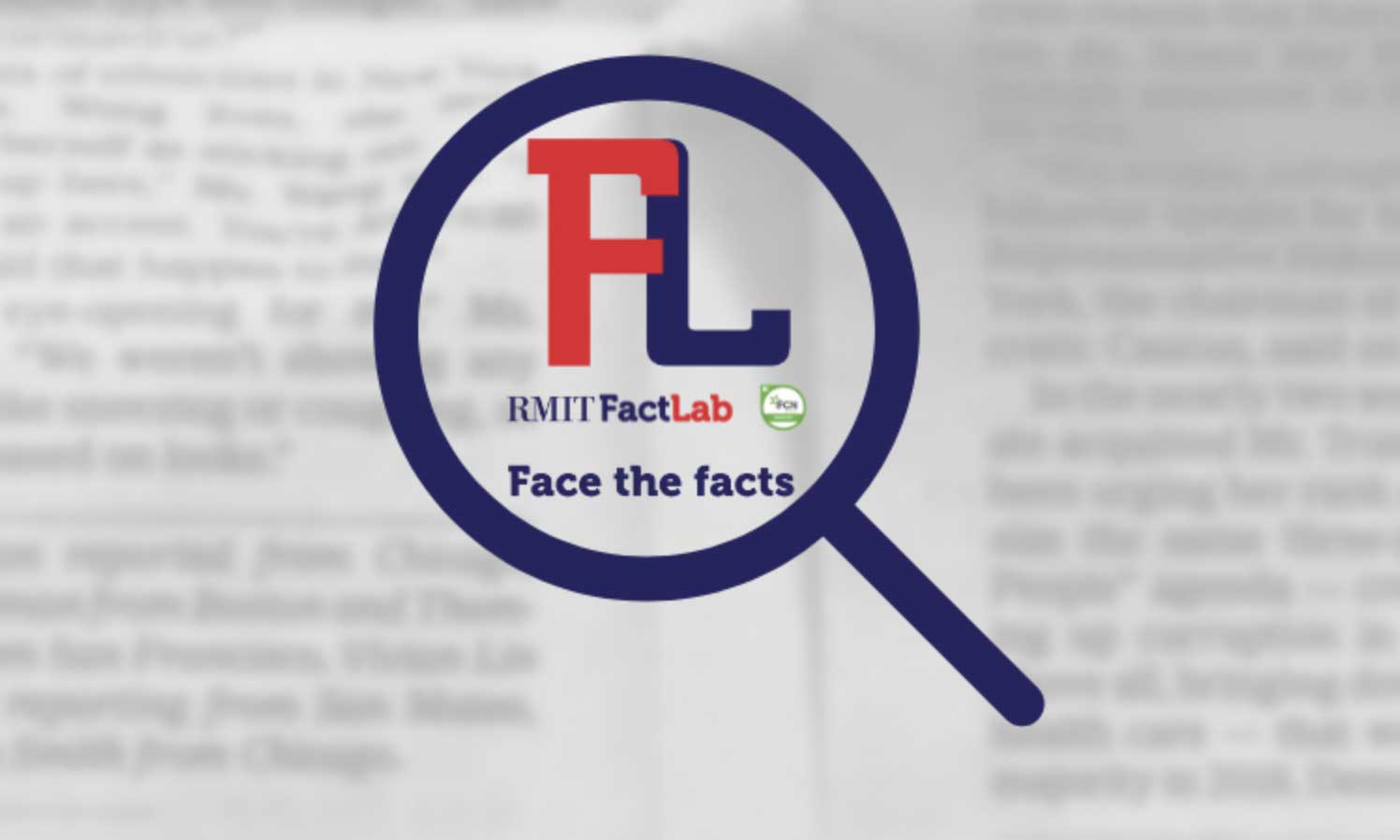Whether a resource-rich country such as Australia should be accountable for emissions embedded in exports requires a subjective judgment about whether emissions should be attributed to the seller or user of fossil fuels.
Nevertheless, experts consulted by Fact Check pointed out, examining the emissions embedded in exports is a useful exercise in its own right as it underscores the vulnerability of the Australian economy to future international measures to tackle climate change by curbing the use of fossil fuels.
Greenhouse gas emissions accounting
There are three methodologies for carving up emissions between countries.
The most common (sometimes referred to as territorial-based carbon accounting) is used by the United Nation's Intergovernmental Panel on Climate Change to track progress towards Kyoto and Paris climate commitments.
It attributes emissions to activity that takes place within a country's borders.
Under this approach, Australia's vast coal and liquefied natural gas (LNG) exports are not counted in the national greenhouse gas tally, except through "fugitive" emissions generated in the production and processing of those exports within Australia's borders.
What matters under this approach, from an international carbon accounting perspective, is the country where the emissions are released into the Earth's atmosphere, for example through the combustion of a fossil fuel.
An alternative is sometimes referred to extraction-based accounting. It attributes emissions to the country that extracted a fossil fuel, regardless of whether the fossil fuel was subsequently exported or consumed domestically.
Experts contacted by Fact Check for guidance in assessing Mr Cannon-Brookes's claim noted that extraction-based accounting calculations typically compare only emissions from fossil fuels. This excludes those emissions not caused by the combustion of fossil fuels, such as from land-use and agriculture.
A third approach is sometimes referred to as consumption-based accounting. It is more complex and less transparent, but it takes into consideration trade flows by counting emissions embodied in manufactured products at the point where those products are consumed, rather than produced.
This is particularly significant when examining a country such as China, which uses vast quantities of fossil fuels to manufacture products consumed elsewhere, for example, in Europe, North America and Australia.
Fact Check has examined Mr Cannon-Brookes's claim from a territorial-based accounting perspective and from an extraction-based accounting perspective.
Australia's "territorial" emissions versus global emissions
Estimates of global emissions are published by the Potsdam Institute for Climate Impact Research (PIK), as detailed by climate data visualisation website Climatewatch. The PIK is an independent, not-for-profit organisation that undertakes research in the field of climate science, funded by German national and local government bodies and the European Union, among others.
Experts told Fact Check its data is consistent, allowing "like-for-like" comparisons between countries, and across years.
The latest figures available are for 2016. For that year, the PIK estimates total global emissions of about 47,200 million tonnes of carbon dioxide equivalent.
The PIK also publishes comparable data for individual countries. It estimates Australian emissions totalled 552 million tonnes in 2016, excluding land-use and forestry.









